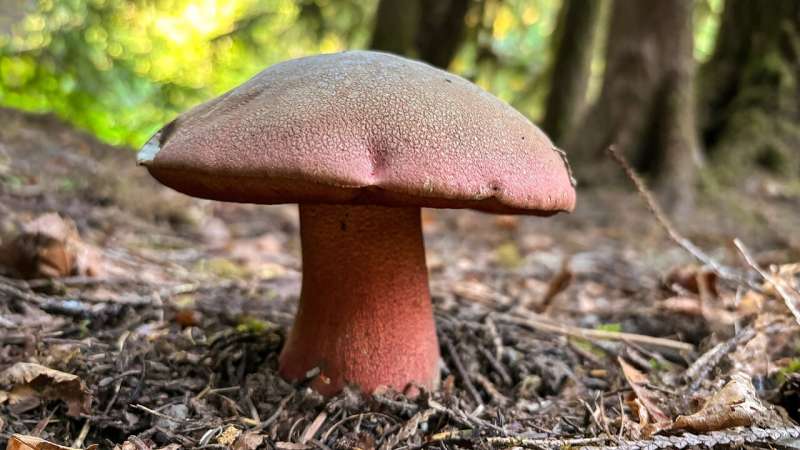Recent research challenges the traditional belief that plants and fungi engage in a carbon-for-nutrient exchange. Instead, scientists suggest a different mechanism at play. This study, published in New Phytologist, sheds light on the intricate relationship between plants and mycorrhizal fungi, unraveling a new perspective on carbon transfer. The findings have significant implications for understanding ecosystem dynamics and carbon sequestration.

Traditional Theory Debunked
New research is challenging the traditional view that plants and fungi engage in a type of trade, swapping carbon for key soil nutrients. The relationship between plants and mycorrhizal fungi does not follow market economics. This finding challenges some widely held views and inspires fresh insights into how these crucial ecosystems really function.
The Unexpected Mycorrhizal Fungi
Although transferring carbon from plants to mycorrhizal fungi seems like a nice, neat little package of an idea, new research indicates there may be more to the story than we think. The alternative ‘Surplus C’ hypothesis proposes that plants serve as a carbon sink for fungi, producing surplus sugars to support this pathway. This novel relationship contrasts with current ecological market models and shows that nutrient trade relationships are not always simple between plant and fungi.
Ecosystem Managment Implications
The significance of this research goes well beyond theoretical frameworks and has implications on ecosystem management in the real world. This understanding may improve strategies to exploit C flow in plant-fungi symbioses for environmental benefits such as increased soil C sequestration. This new way of seeing challenges us to reevaluate current ecological paradigms as we explore the potential for more sustainable ecosystembased practices.
